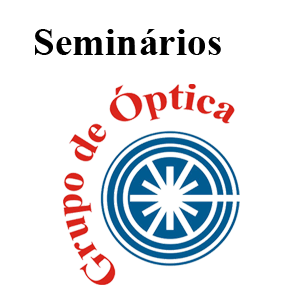 More than 80 years ago, Paul A. M. Dirac found a pioneering solution for the wavefunction of a charged particle in the magnetic field of a magnetic monopole [1]. This celebrated result also reveals that electronic charge must be quantized provided that even a single magnetic monopole exists. However, no magnetic monopoles have been convincingly found. Even the experimental observation of the quantum-mechanical structure acquired by the electron wavefunction found by Dirac has been lacking. In fact, there has been no prior confirmed experimental observations of monopoles in quantum order parameter.
More than 80 years ago, Paul A. M. Dirac found a pioneering solution for the wavefunction of a charged particle in the magnetic field of a magnetic monopole [1]. This celebrated result also reveals that electronic charge must be quantized provided that even a single magnetic monopole exists. However, no magnetic monopoles have been convincingly found. Even the experimental observation of the quantum-mechanical structure acquired by the electron wavefunction found by Dirac has been lacking. In fact, there has been no prior confirmed experimental observations of monopoles in quantum order parameter.
Based on the method proposed in Ref. [2], we present the experimental observation of Dirac monopoles formed in a synthetic magnetic field of an atomic Bose-Einstein condensate with spin degree of freedom [3]. The experiments are accurately simulated using a mean-field approach, and a very good quantitative agreement is obtained without fitting parameters.
After Dirac’s seminal work [1], ‘t Hooft and Polyakov found a finite-energy solution for the magnetic monopole particle in the grand unified field theories [4]. To this end, we report on the first experimental observation of a topological point defect in a quantum order parameter field [5]. These observations provide the first quantum-mechanical analogue for the magnetic monopole considered by ‘t Hooft and Polyakov. Strikingly, we observe that the polar order parameter supporting the topological point defect naturally undergoes a dynamical quantum phase transition into the ferromagnetic phase, giving rise to a Dirac monopole [6,7].
Whereas the two above-mentioned monopole experiments rely on an adiabatic ramp of the external magnetic field used to create the spin textures, we also used an instantaneous ramp and a variable waiting time to experimentally tie quantum knots [8]. To our knowledge these are the first quantum realizations of the elements of the third homotopy group.
[1] Dirac, P. A. M.. Proc. R. Soc. Lond. A 133, 60 (1931).
[2] V. Pietilä and Mikko Möttönen, Phys. Rev. Lett. 103, 030401 (2009).
[3] M. W. Ray, E. Ruokokoski, S. Kandel, M. Möttönen, and D. S. Hall, Nature 505, 657 (2014).
[4] G. ‘t Hooft, Nuclear Physics B 79 (1974) 276; A. M. Polyakov, JETP Lett. 20, 194 (1974).
[5] M. W. Ray, E. Ruokokoski, K. Tiurev, M. Möttönen, and D. S. Hall, Science 348, 544 (2015).
[6] K. Tiurev, E. Ruokokoski, H. Mäkelä, D. S. Hall, and M. Möttönen, Phys. Rev. A 93, 033638
(2016).
[7] T. Ollikainen, K. Tiurev, A. Blinova, W. Lee, D. S. Hall, and M. Möttönen, accepted to Phys. Rev. X, arXiv:1611.07766.
[8] D. S. Hall, M. W. Ray, K. Tiurev, E. Ruokokoski, A. H. Gheorghe, and M. Möttönen, Nature Phys.12, 478 (2016).



